Developing and Implementing the Instructional Leadership Plan
The Vision for My School
After reflecting on my varied encounters, I have come to realize that despite the grade level, population, or type of school in which I work (public vs. private, single gender, etc.), students share common needs. My educational philosophy outlines that perspective. I sincerely believe that teaching involves more than preparing students to pass a high-stakes exam or move from one grade to the next. Therefore, my ideal school would shape children into knowledgeable, productive members of society by equipping them with the proper tools to succeed.
As a result, the focus for my school derives from a desire to make my philosophy a reality. When anyone walks into my school, they would clearly notice the vision that “Every student would exceed expectations and improve their character by becoming life-long learners who aim to make their community a better place to live and work”.
Creating a Leadership Team and a Positive School Culture
To achieve that vision, I will need a leadership team who shares the same ideals/and beliefs as I do. My role would be to act as a facilitator, motivator, resource, communicator, and collaborator (among a list of other qualities). However, not one person embodies every trait which makes an effective leader; consequently, teams must be well-balanced (Rath & Conchie, 2008). As suggested by Marzano, Waters, & McNulty (2005), I would emphasize my teams’ strengths and maximize their talents. I would have them take the Gallup assessment to determine their assets. I would then delegate tasks and strategically place people where their expertise is needed. By using them in areas where they prosper, this would boost morale and create worker satisfaction. Competent, content staff positively benefit students.
Furthermore, my operating principles would center around Covey’s habits of highly effective people which includes points like: thinking win-win, seeking first to understand, and synergizing (Marzano, Waters, & McNulty, 2005). My staff would read the book and discuss it at the beginning of the year as well as throughout. At least once a month, I would make it a point to evaluate our performance in relation to our strengths while also considering how well we had portrayed Covey’s habits. Staff would be encouraged to do the same in their departments and determine how they contribute to the school at-large. Professional Learning Communities (PLCs) would be one of the programs which would help us appraise our abilities and gain insight from teachers who are in classrooms with students daily.
